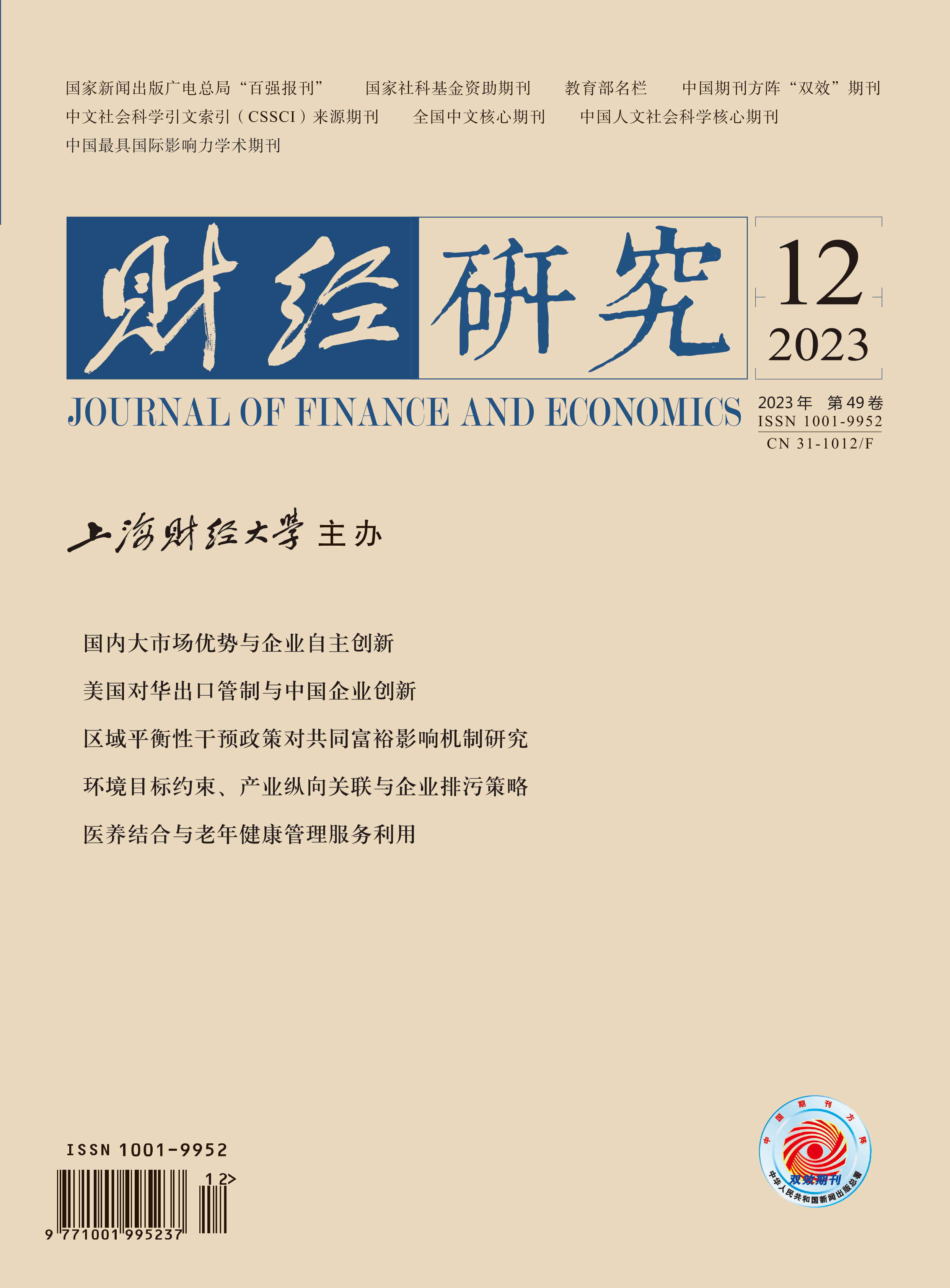With the deepening development of a new round of technological revolution represented by digital technology, information technology, artificial intelligence, etc., technological innovation is gradually showing trends such as breaking geographical boundaries, overlapping between different fields, and updating technique rapidly. Enterprises relying solely on internal innovation may face risks. Cross-border M&As, as one of the important ways to connect domestic circulation and international circulation, provide opportunities for enterprises to seek diversified innovation cooperators and promote international technical communication by embedding in the international market. It can be seen that enterprises allocate innovative resources globally through cross-border M&As, and drive overall technological progress through collaborative innovation, which has become an important path to adapt to the overlapping fusion mode of technological innovation in the context of economic globalization.
This paper constructs a mathematical model of cross-border M&As where innovation activities break through corporate boundaries, and uses a DID model to empirically analyze the impact of cross-border M&As by Chinese enterprises on collaborative innovation. The results indicate that cross-border M&As promote collaborative innovation between enterprises and other R&D entities, and this impact is mainly achieved through three channels: increasing R&D investment, expanding overseas market scale, and establishing strategic sharing channels. Heterogeneity analysis indicates that the collaborative innovation effect of cross-border M&As is affected by factors such as enterprises’ internal characteristics, enterprises’ external environment, and M&A transactions’ industry characteristics. The conclusions provide new solutions for Chinese enterprises to construct a development mode of collaborative innovation through internationalization strategy, and enhance the overall innovation capacity of China with the help of external circulation under the new dual-circulation development pattern.
The potential academic value of this paper are that: First, it constructs a mathematical model from the perspective of innovation activity boundaries, and explores whether cross-border M&As can help enterprises extend innovation activities to the outside, thereby enhancing the level of external collaborative innovation. Second, it takes cross-border M&As as one of the ways to embed into global innovation networks and connect domestic circulation and international circulation, exploring the path through which cross-border M&As affect collaborative innovation among enterprises. Third, it explores the differential impact of cross-border M&As on collaborative innovation under different heterogeneity factors, providing an empirical basis for different enterprises to formulate heterogeneous cross-border M&A strategies, and for the government to promote innovation cooperation between different R&D entities.





 4120
4120  4140
4140

